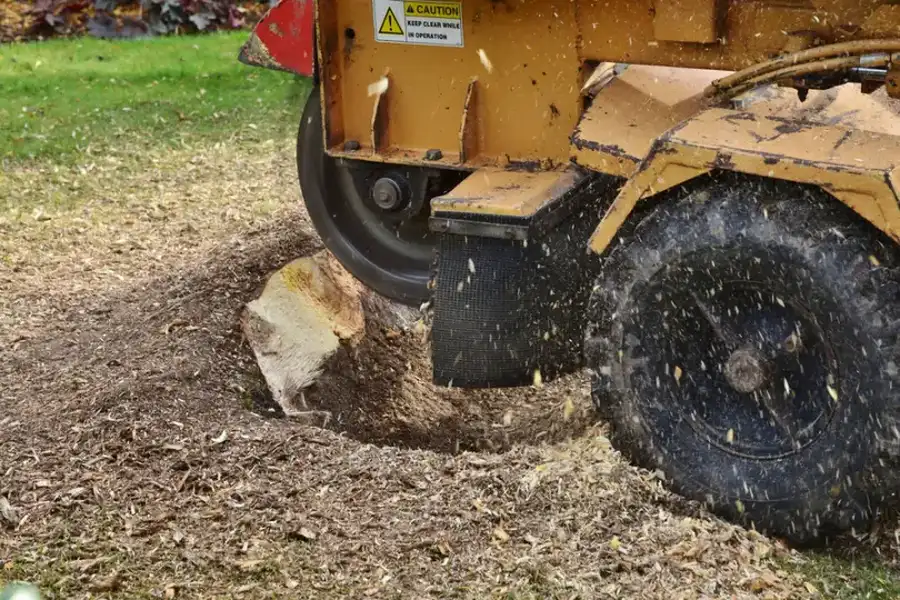Understanding Changes in Soil Structure and Quality
The process of removing a tree stump can be complex, especially when considering its impact on the surrounding soil. Once a stump is ground down, many wonder what happens next to the soil. This activity affects the soil’s structure, nutrient content, and future plant growth. Knowing these changes can help landowners make informed decisions about landscaping and gardening after stump removal.

Immediate Impact on Soil Composition
When tree stump grinding occurs, it removes the visible remains of a tree but leaves behind sawdust and wood chips. These materials mix with the existing soil, altering its composition. The sawdust begins to decompose, a process that requires nitrogen. As a result, soil nitrogen levels may temporarily decrease, impacting nearby plants’ growth.
Alteration of Soil Ph Levels
The decomposition of wood chips and sawdust also affects the soil’s pH level. Typically, this organic matter makes the soil more acidic over time. If you plan to plant new vegetation, it’s essential to monitor the soil’s pH level and adjust it if necessary. Adding lime or other alkaline materials can help balance out the increased acidity.

Nutrient Availability Post-Grinding
After the completion of tree stump grinding, the availability of nutrients in the soil changes. Decomposing wood material initially ties up certain nutrients, such as nitrogen. Over time, however, decomposed materials release these nutrients back into the soil, enriching it for future plantings. This gradual nutrient release provides long-term fertility benefits but may require interim measures like fertilization.
Planning for New Plant Growth
If you’re planning to grow new plants where a stump was recently removed, consider several factors. Firstly, remove excess wood chips and sawdust from the topsoil. Secondly, test the soil’s pH and nutrient levels before planting. You might need to add compost or fertilizer to restore optimal growing conditions.
Best Practices for Soil Management
- Test soil regularly for pH and nutrient levels
- Add lime if soil becomes too acidic
- Incorporate compost to enhance nutrient content
- Remove excess sawdust and wood chips promptly
- Consider professional advice for large-scale restoration
Common Challenges and Solutions
One common challenge following tree stump grinding is dealing with nitrogen depletion due to sawdust decomposition. To counteract this, apply a nitrogen-rich fertilizer to boost nutrient levels. Another issue is increased soil acidity; adding lime can mitigate this problem by balancing the pH level.
Long-Term Benefits of Proper Soil Care
Caring for your soil post-stump removal offers various long-term benefits. With careful management, your soil will become richer in nutrients over time, supporting healthier plant growth. By addressing pH imbalances and nutrient deficiencies early, you ensure that your garden or landscape thrives after tree removal activities.
Consult Experts for Optimal Results
For those looking to optimize their landscapes after tree removal, consulting experts can provide valuable insights. Professionals offer tailored solutions based on specific soil conditions and desired outcomes. By contacting J&O Tree Service, you receive expert guidance customized to your needs. Our team operates in Carrollton, GA and ensures quality service every step of the way. Call us at (770) 639-1211 to learn more about how we can assist with your landscape transformation.